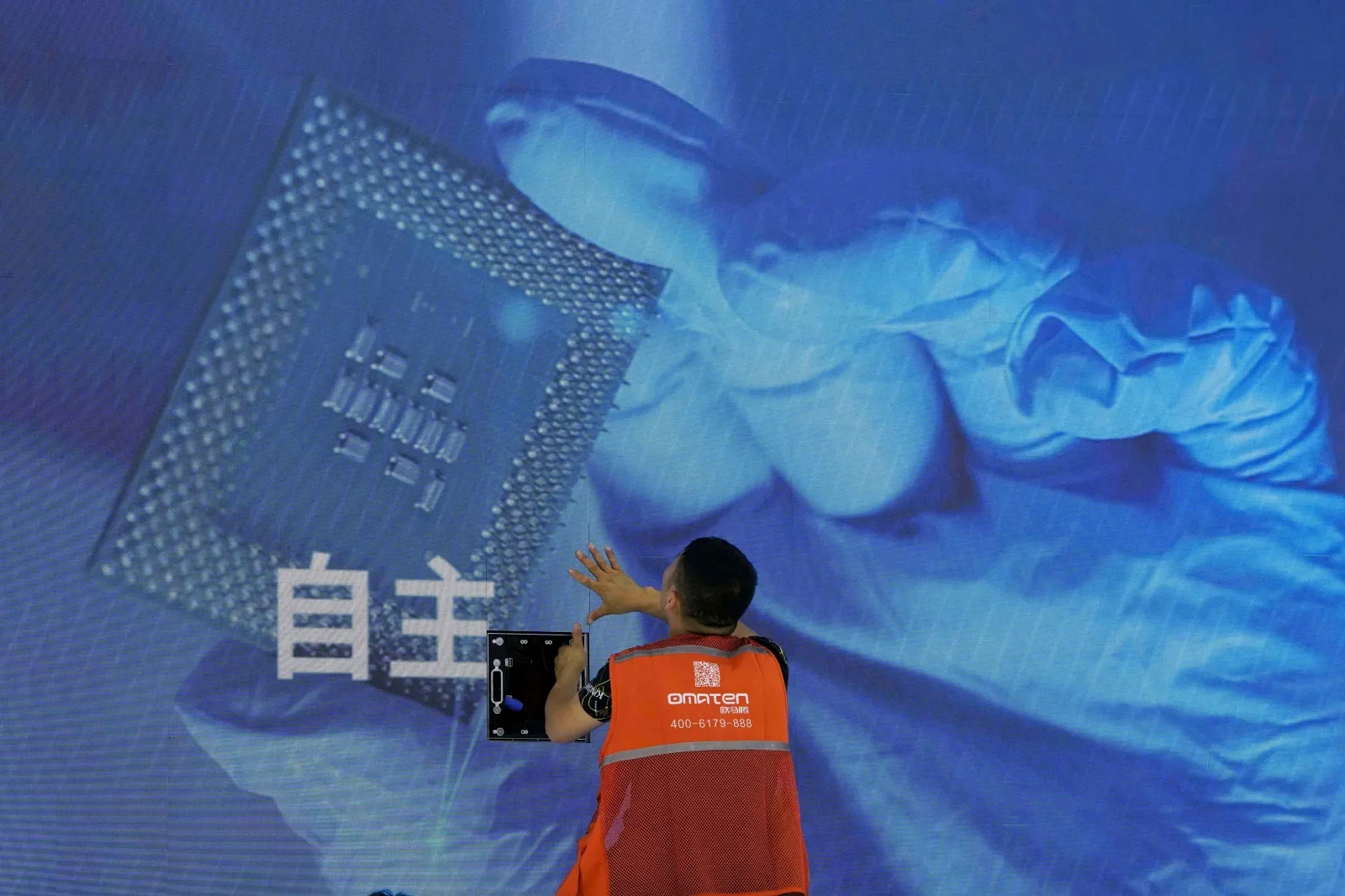This Tokyo Cafe is Served by Robotic Waiters

Source:REUTERS/Yuya Shino
A pop-up restaurant in Tokyo has run a trial employing disabled people to work as waiting staff. But this is no ordinary trial. Instead of taking orders or clearing tables themselves, the staff of the Dawn ver.β cafe were piloting a team of robots from the comfort of their homes.
Views
This Tokyo Cafe is Served by Robotic Waiters
By Sean Flemingweb only
A pop-up restaurant in Tokyo has run a trial employing disabled people to work as waiting staff. But this is no ordinary trial. Instead of taking orders or clearing tables themselves, the staff of the Dawn ver.β cafe were piloting a team of robots from the comfort of their homes.
The robots were developed by Kentaro “Ory” Yoshifuji, CEO of the Ory Lab, which he set up with co-founders, Aki Yuki and Yoshifumi Shiiba. The remote-controlled OriHime-D robots are part of on an ongoing project to use technology to combat social isolation. They stand 1.2 metres tall and have expressionless, white faces reminiscent of Japanese Noh masks. They transmit video and audio back to their controllers, who are able to direct them from home via a smartphone or tablet.
The cafe is named after a similar establishment in a 2008 anime called Time of Eve, where robots and humans co-exist as equals. The addition of ver.β (beta) to the cafe’s name was there to show it was a work in progress – a beta version.
Five OriHime-D robots were used during the trial, and they were controlled by a team of 10 people, with a range of conditions including amyotrophic lateral sclerosis (ALS), the most common motor-neuron disease. They were all paid 1000 yen ($8) per hour, which is just above the minimum wage in Japan.
Even people with very limited mobility are able to interact with and control OriHime-D robots. Ory Labs has created a video showing how a man who is only able to move his eyes can still operate the robot, and another where a man in a hospital bed gets an OriHime-D to hand a cup of coffee to a waiting Yoshifuji.
Yoshifuji has an impressive track record as an inventor with an interest in using technology for good. Between the ages of 10 and 14 he did not attend school due to poor health and went on to represent Japan in the 2005 Intel Science and Engineering Fair (ISEF), with a project designed to help wheelchairs climb curbs.
It was the years he spent missing out on school that ultimately led to the development of OriHime, which he sees as a way to help people overcome adversity and disability to actively participate in society through the use of avatars.
There are 75 million people in the world who need a wheelchair but only 5% to 15% of those in need actually have access to one. Globally, there are an estimated 200 million visually impaired people and 466 million people with hearing loss who aren’t able to access help. But in recent years, the topic of assistive technology has started to attract more attention. (Read: 7 Amazing Ways Artificial Intelligence Is Used in Healthcare)
A recent hackathon event in Sheffield in the UK, called Hackcessible, was focused on the development of tools and devices to increase accessibility for people with disabilities. The winning project was a system that scans sheet music and feeds it into an iPad so it can be more easily read by someone with a visual impairment.
Researchers at MIT in the US are working on a device that allows people to talk to computers silently. Called the AlterEgo, this wearable device uses electrodes to detect subtle neuromuscular signals in the jaw and face that are essentially triggered by saying things to yourself.
While there are still many accessibility barriers technology can be used to break down, the use of robots is already underway in some situations. The Shin-tomi nursing home in Tokyo has around 20 different robots in use performing different aspects of residents’ care, from leading exercise sessions to powering interactive soft toys.
Following the Dawn ver.β trial, the OriHime team hope to secure funding to open the cafe permanently in the near future.
See also: The World's First Robot Cook (video produced by CommonWealth Magazine Video)
Edited by Tomas Lin
Original content can be found at the website of World Economic Forum: In this Tokyo cafe, the waiters are robots operated remotely by people with disabilities
This article is reproduced under the permission of World Economic Forum (WEF) and terms of Creative Commons Attribution-NonCommercial-NoDerivs 4.0 Unported License (“CCPL”). It presents the opinion or perspective of the original author / organization, which does not represent the standpoint of CommonWealth magazine.







